Food labels are intended to help us make better decisions at the grocery store. But do they?
In this 5-part series on food labels, Ryan Andrews and I will explore:
- whether food labels actually help us be healthier;
- whether food labels (especially calorie counts) have meaningful, useful information for us as health-conscious consumers;
- how food labels can vary by region and food type;
- whether manufacturers are honest and transparent on their food labels; and most importantly,
- what you’re supposed to do about all of this stuff.
There’s a lot of information here, but don’t worry: Each article will give you some helpful tips on what to do. And, in part 5, we’ll condense all our advice into a list of action steps.
Food labels part 3: Doing the math
In Part 3 of this article series, we look at back-of-package labelling: nutritional information and ingredients.
In particular, we look at how calorie counts don’t accurately reflect how our bodies process food; and we challenge the classic “calorie math” of “energy in versus energy out”.
Food labels part 4: Being a critical consumer
Often we look for particular information, such as calories or fat content, on food labels, but don’t always interpret this information correctly. Or know how to apply it.
Part 4 of our series on food labels looks at what consumers want (or think they want) on food labels, and how this affects their actual buying and eating behavior.
Food labels part 5: Putting it all together
However you choose the “baseline” that suits you, your nutritional level, and your own needs, what’s most important is that you are in charge of your food choices.
To conclude this series, Part 5 will give you some tips and action steps to ensure you’re getting the most from your food labels.
If you’re a coach, or you want to be…
You can help people build sustainable nutrition and lifestyle habits that will significantly improve their physical and mental health—while you make a great living doing what you love. We'll show you how.
If you’d like to learn more, consider the PN Level 1 Nutrition Coaching Certification. (You can enroll now at a big discount.)
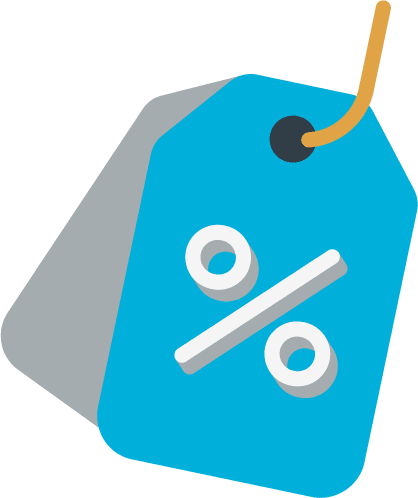
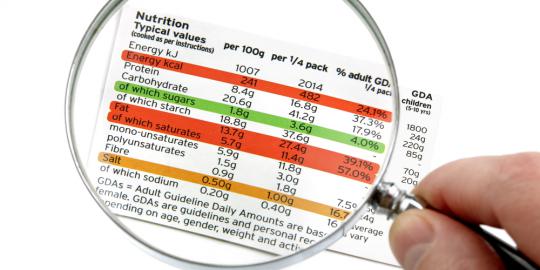
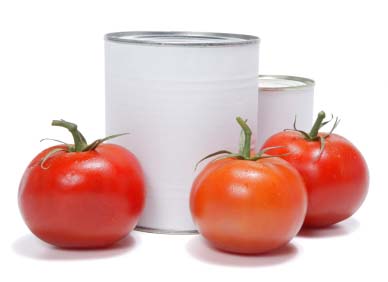
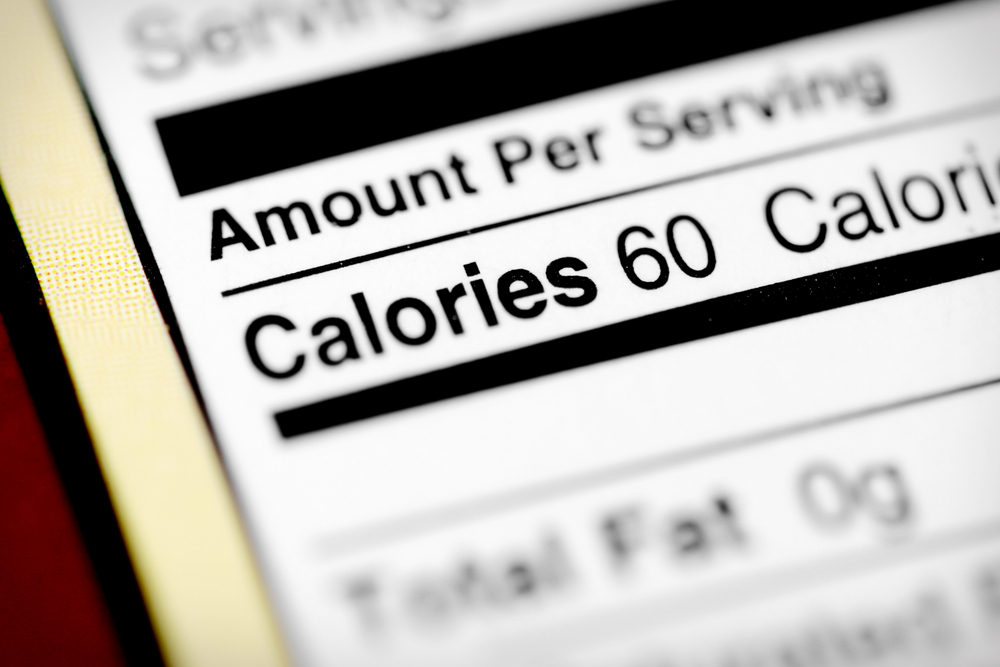
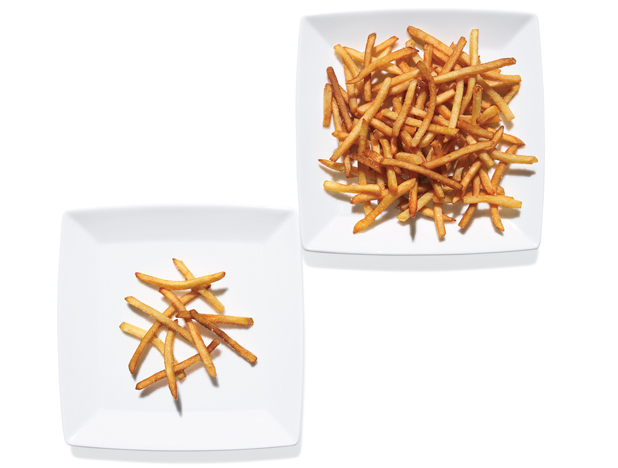
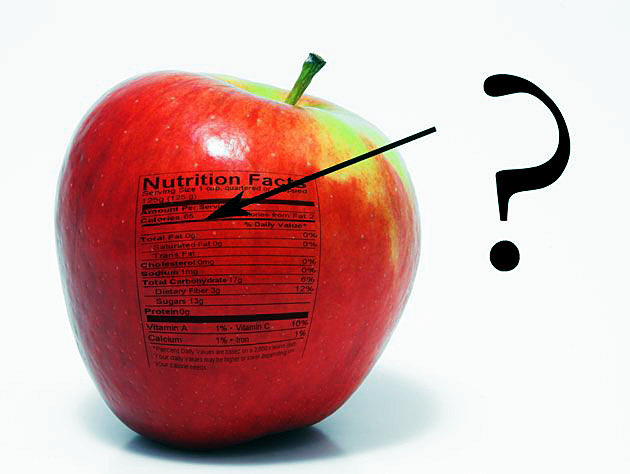
Share